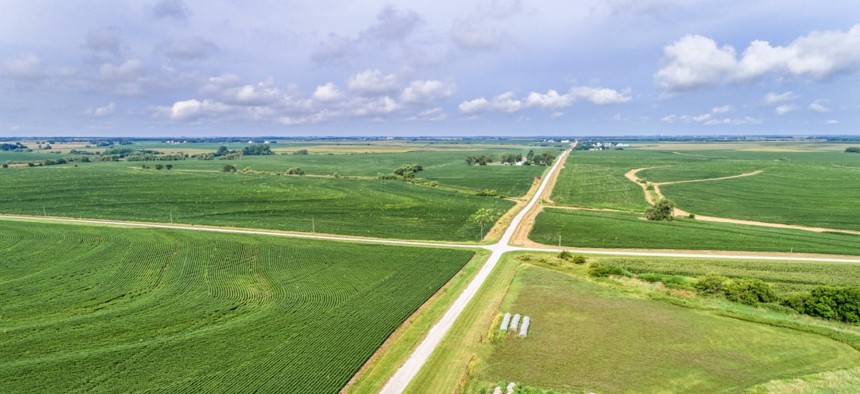Will Electric Co-ops Close the Digital Divide?


Connecting state and local government leaders
The Federal Communications Commission seems to think they’re part of the solution.
About 6.3 million households that get electricity from a cooperative lack broadband internet service, which will result in economic losses of $68 billion over 20 years, according to a new co-op association study.
Electric co-ops are customer-owned, not-for-profit businesses originally formed to bring electricity to rural areas, which are avoided by investor-owned utilities due to poor return on investment.
The National Rural Electric Cooperative Association found broadband benefits smart electric grids, a cost advantage that may justify co-ops deploying networks in their underserved communities.
“Millions of Americans are locked out of the new digital economy simply by virtue of their zip code,” said NRECA CEO Jim Matheson in a statement. “Electric co-ops recognize the importance of expanded broadband access and are working to be part of the solution.”
Already about 100 electric co-ops deliver broadband in multiple states because the low-population density characteristic of their communities makes high-speed internet too expensive otherwise. For the first time in August, the Federal Communications Commission also approved $225 million to help 35 such co-ops to provide broadband in rural areas.
NRECA anticipates the cost of expanding broadband in electric co-op areas at $40 billion, which represents a market failure because private returns fail to justify investment despite lost consumer value exceeding deployment costs by 70 percent.
Broadband communications systems would offer electric co-ops “improved reliability, decreased labor costs, better equipment utilization, more efficient voltage control,” but retail networks may not always be viable, according to NRECA. That’s where government grants and low-interest loans come in, encouraging private investment.
The association urged the U.S. Department of Agriculture, in comments on the Rural Utilities Service e-Connectivity Pilot Program, to make 25 megabits per second the minimum speed for broadband service but prioritize applications exceeding that benchmark and providing greater accessibility. NRECA further asked that population density be a “key factor” in determining grant eligibility.
The report didn’t look at additional electric co-op broadband network benefits like increased jobs, education and economic growth.
Dave Nyczepir is a News Editor at Government Executive’s Route Fifty and is based in Washington, D.C.

NEXT STORY: This City Actually Requires Scooters to Ride on the Sidewalk





